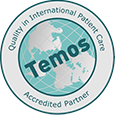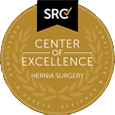
Sorry, the page you are looking for was not found
The page you are trying to visit does no longer exists or have been moved to another place in this website.
What Happened?
- The page url has a typing mistake
- This page has been removed or moved to another place due to daily updates
Useful Pages
Search our website
Type in the name of the page yo are looking for and we will help you find it.










































